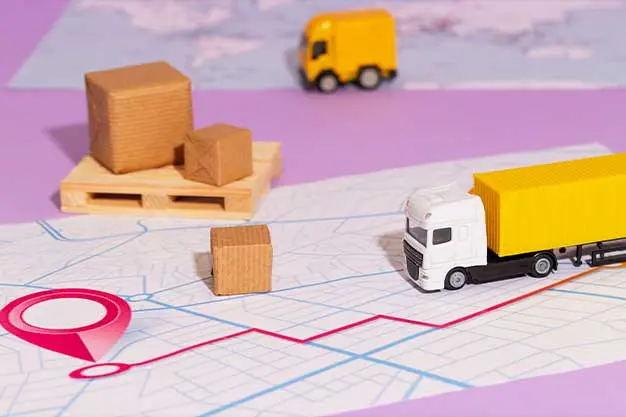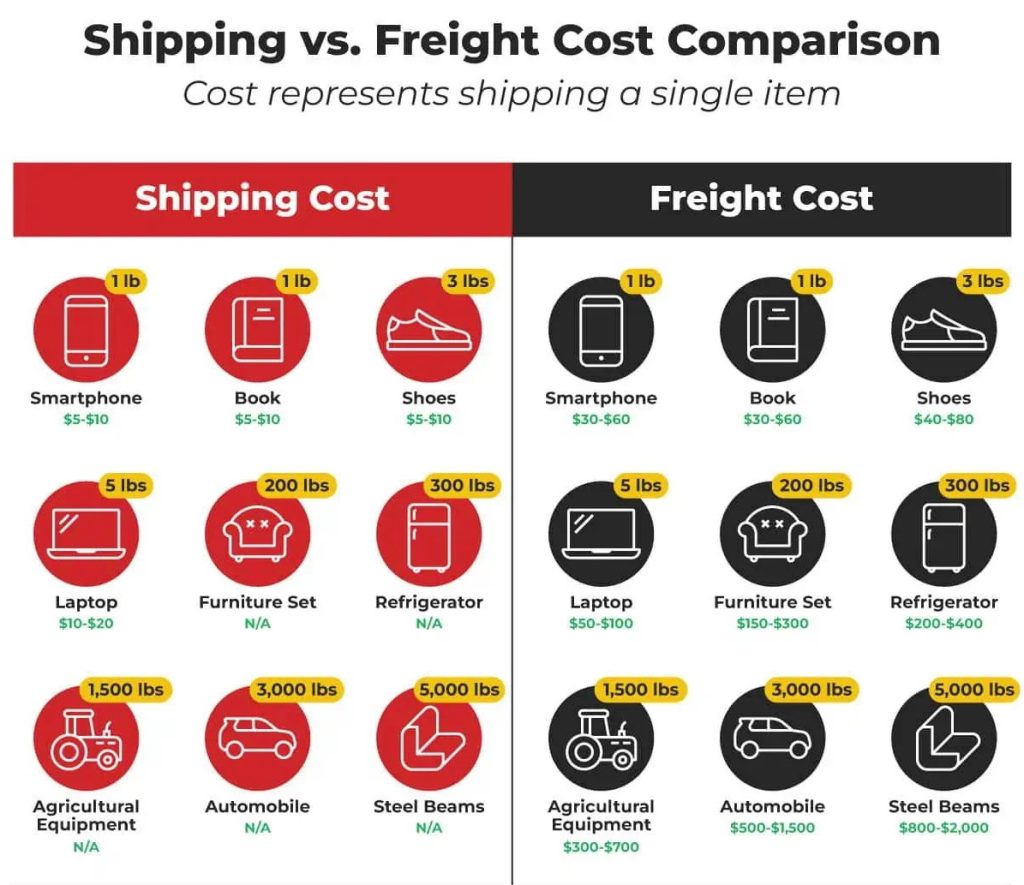Cheapest Shipping from China to US: Consolidated Freight vs. Individual Parcels
Introduction
When importing from China to the U.S., choosing the right shipping method can make or break your bottom line. For importers in Europe and North America—especially those sourcing from multiple suppliers—consolidated freight often offers the greatest value over time compared to shipping individual small parcels. This guide explores:
- The pros and cons of each option
- Real-world cost comparisons and examples
- How tariffs and customs changes in 2025 impact small parcel importing
- Best practices to minimize costs while ensuring reliability
- Step-by-step workflows and decision criteria

1. Understanding Your Options: Parcel Shipping vs. Consolidated Freight
1.1 Individual Parcels
This method involves shipping small packages via courier or postal services like DHL, FedEx, or USPS. Best for very light or urgent shipments.
- Express rates run around $5/kg up to ~150 kg and are fast (~3–7 days) Gortofreight+6Freightos+6Agora Freight+6TSI (Transit Systems, Inc.)通乐星+2Freightos+2
- Ideal below ~150 kg with tight delivery deadlines
- Pricing often based on dimensional weight if packaging is bulky 维基百科
1.2 Consolidated Freight
Multiple orders are grouped at a freight forwarder’s China-based warehouse and shipped as LCL (Less-than-Container Load), consolidated air cargo, or even FCL if volume allows.
- For sea freight, LCL is cost-effective for lighter volumes, while FCL becomes cheaper beyond ~8–13 CBM 通乐星+3Freightos+3Freightos+3
- Consolidated air rates can be as low as $3.80–$4.30/kg for 100–300 kg shipments 通乐星+1
- Parcel consolidation (combining small parcels into a bulk shipment) can save up to 30% over separate shipments Freightos+10GIMworld+10Forest Shipping+10
2. Impact of 2025 Tariff & Customs Policies
- The U.S. cut total tariffs from 145% to 30% on May 12, 2025, significantly affecting parcel shipments under $800 金融时报+4乐快船+4金融时报+4
- The “de minimis” exemption, which previously allowed small packages from China into the U.S. duty-free, was removed as of May 2025 Vogue Business+3路透社+3金融时报+3
- As a result, all parcel shipments—including those under $800—now require formal customs entry and full declaration, drastically reducing the cost advantage of parcel shipping
3. Comparing Up‑Front Costs: Parcel vs. Consolidated Freight
| Scenario | Parcel (≈$5/kg) | Consolidated Freight (Air or Sea) |
|---|---|---|
| 10 kg urgent shipment | ~$50 USD | ~$38–43 via consolidated air, ~US$80–120 LCL |
| 200 kg quarterly mix | ~$1,000 | |
| Multiple small parcels (~4kg each) | High multiple min fees | Pay only for actual combined CBM via consolidation |
Example: Two parcels of 0.14 m³ and 0.20 m³: individually billed at 0.3 m³ each = 0.6 m³ billed overall, vs. a single consolidated shipment billed accurately at 0.34 m³ — up to 77% savings Vogue Business+1GIMworld+2金融时报+2Waytron SC

4. When Parcel Shipping May Still Be the Best
Parcel shipping can beat consolidation when:
- You need delivery within a few business days
- Your total shipment is under ~150 kg and dense so pricing is favorable
- Packaging is compact enough to avoid dimensional weight surcharges
- You only require a one‑off or one‑time very small shipment
Otherwise, consolidation offers better predictability and cost per unit.
5. Hidden Costs & Risks of Parcel Shipping in 2025
- Rising air freight rates surged ~37% in early 2025 when importers rushed ahead of new tariffs, pushing rates to over $4/kg TSI (Transit Systems, Inc.)+1TSI (Transit Systems, Inc.)+5gobeeping.com+5Agora Freight+5Freightos+2维基百科+2Vogue Business+3维基百科+3Freightos+3路透社金融时报
- Removal of de minimis exemption means each parcel now triggers customs entry fees and duties—significantly eroding parcel advantages
- Multiple shipments = multiple customs filings and tracking numbers—more paperwork and higher risk of errors or delays
- Parcel carriers have increased scrutiny and delays due to added CBP enforcement
6. Consolidated Freight Wins for Most Importers
6.1 Greater Predictability & Lower Unit Cost
- Consolidated air often rates 30% cheaper than individual air bookings Forest Shipping+3Vogue Business+3路透社+3
- Sea-based LCL costs around $100–300/CBM; FCL rates for 20′ containers range $1,800–4,800 depending on port and season Forest Shipping+2Freightos+2
6.2 Better Compliance Handling
One consolidated shipment means a single customs clearance, invoice, and tracking number—simplifying documentation and reducing errors.
6.3 Flexibility & Scalability
As your import volume grows, opting for consolidation provides flexibility to scale from parcel-level to FCL shipment as needed, without changing process.
7. Best Practices for Consolidated Shipping
- Coordinate orders so multiple POs arrive at your forwarder’s warehouse before consolidation
- Request landed-cost quotes including duties, insurance, handling, and final delivery
- Avoid dimensional weight surcharges with efficient packaging
- Choose cost-effective ports—U.S. West Coast terminals are cheaper and faster to LA/LB than East Coast
- Monitor tariff and capacity trends—sea freight rates fluctuate seasonally, especially mid-July to September Forest ShippingDantful 物流
8. Real-World Example
A buyer sourced products from three suppliers totaling ~0.34 m³:
- Without consolidation: Charged for 0.6 m³ due to min volume charges twice
- With consolidation: Charged only for actual 0.34 m³—saving 77% in volume fees. Additionally, customs and filing paperwork streamlined under one shipment.
9. When Parcel Shipping Still Applies
- Orders <10 kg requiring next-day or ultra-urgent delivery
- Shipping samples or prototypes where immediate feedback is needed
- Budget permitting higher parcel costs to preserve speed and low logistical coordination
10. Final Recommendations
- For orders under ~150 kg where speed is critical → parcel air shipping may be acceptable, but ensure packaging avoids DIM fees
- Beyond that, use parcel consolidation into air or sea freight for maximum cost efficiency
- Negotiate rates with forwarders—volume repeat customers benefit from price discounts
- Track exact tariff changes and customs thresholds—2025 introduces critical shifts for parcel importers
Summary
Despite occasional small-package use cases, consolidated freight is generally the most cost-effective, scalable, and compliant way to import from China—especially after 2025 customs changes. With fewer documentation issues and predictable pricing, consolidation proves superior in nearly all standard use cases for European and North American importers sourcing from China.
